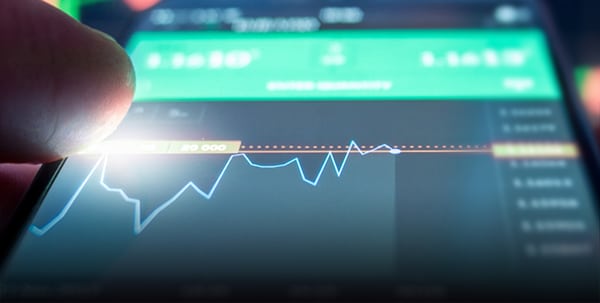Published by Harvest ETFs
If you are new to trading ETFs, there are a number of trading methods to pay attention to before you buy and sell an ETF. These methods may help you trade ETFs more efficiently.
Below are a number of helpful tips:
- Use a limit order to control the price
A limit order is an order to buy or sell a security at a specific price or better. A market order is an order to buy or sell a security immediately, which means the order is executed at the best available price at the time of execution.
The advantage to a limit order is that you have control over the price you are willing to trade for that asset. For example, you can specify the price target you want to buy or sell the units/shares and for how long the order is valid (at that price) before it expires.
Do some homework to pre-determine your Buy/Sell price points. One way of getting an idea is to look at the previous day’s NAV price at market close.
- Be careful when the market is volatile
During a volatile market, it may be sensible to take a few extra steps before trading because:
- Bid-ask spreads can widen during times of heightened market risk or increased market volatility
- The ETF’s share price and NAV may vary from the value of the underlying securities
Rule of thumb is to avoid the first and last 15 minutes of the trading day.
In the mornings, the ETFs go through a “price discovery” stage as it calculates the value of the underlying securities once they have begun trading. Around 4 pm, before the close, large investors and the market maker may begin to hedge positions or balance books, which can trigger price swings and the widening of bid/ask spreads.
- Pay attention to related trading hours – ie: trade International ETFs when the underlying markets are open
If you’re planning to buy or sell an ETF that owns international stocks, try timing your trade when those markets are open. If the market is closed, then the market maker (banks or liquidity provider that quotes buy and sell prices for the stocks held in the ETF) has to price based on estimates and cannot hedge until the next day. Because there is uncertainty, there will be some risk premium calculated into the price.
Don’t forget that this also applies to holidays in the US and Canada.
- The bid/ask spread
As we are talking about ETFs, the “bid” is the price at which someone is willing to buy the ETF, and the “ask” is the price that someone is willing to sell. The difference between the two is the “spread”. Generally, the underlying markets is the best indicator of spreads, and to some degree, trading volume. For more on ETF trading liquidity, please click here: https://harvestportfolios.com/a-closer-look-at-etf-liquidity/
The views and/or opinions expressed above are of a general nature and are for informational purposes only. The contents should not be considered as advice and/or a recommendation to purchase or sell the mentioned securities or used to engage personal investment strategies. Investors should consult their investment advisor before making any investment decision.
Commissions, management fees and expenses all may be associated with investing in Harvest Exchange Traded Funds (managed by Harvest Portfolios Group Inc.). The funds are not guaranteed, their values change frequently and past performance may not be repeated. Please read the relevant prospectus before investing.












